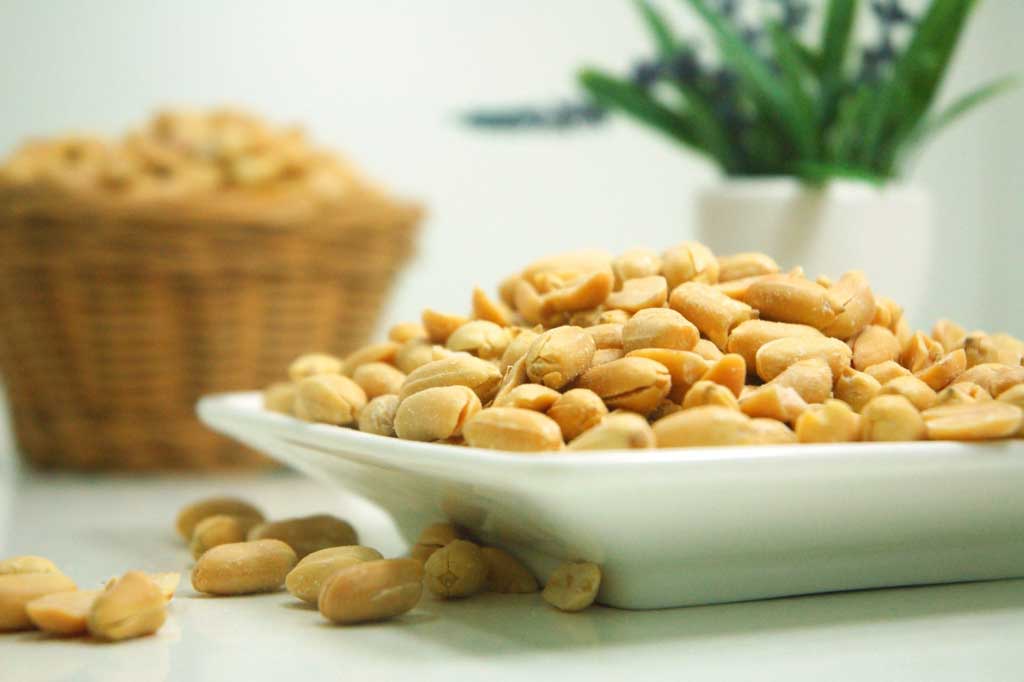Does paracetamol taken in pregnancy affect masculinity?
Medication
"Taking paracetamol when pregnant 'makes boys less manly, less aggressive and lowers their sex drive'," reports The Sun. But the alarming headline doesn't explain that the research was in mice, not humans. Researchers gave daily doses...
"Taking paracetamol when pregnant 'makes boys less manly, less aggressive and lowers their sex drive'," reports The Sun.
But the alarming headline doesn't explain that the research was in mice, not humans.
Researchers gave daily doses of paracetamol to pregnant mice, and looked into the effect on their male offspring.
They measured an area of the brain linked to male behaviours. They also carried out experiments to test how typically masculine their behaviour was, such as how much they urinated around their cages, bit other male mice, and copulated with female mice.
Importantly, the study only found that paracetamol had any effects at the equivalent of doses three times higher than the recommended maximum for human adults.
When mice were given the equivalent of the maximum daily dose for humans, paracetamol had no discernible effect in their offspring.
Paracetamol is commonly recommended for pain and fever relief for pregnant women, as it's thought to have fewer risks for the baby than other drugs.
Most women would only take paracetamol for a day or two as needed during pregnancy – not every day, as in this study.
This study doesn't provide evidence that standard-dose paracetamol, used from time to time as needed during pregnancy, carries any risk to a developing male baby.
Get more information on taking paracetamol in pregnancy.
Where did the story come from?
The study was carried out by researchers from the University of Copenhagen, Universidade Federal do Paraná in Brazil, Icahn School of Medicine in the US, and INSERM in France, and was funded by the Danish Council for Independent Research.
It was published in the peer-reviewed journal Reproduction and is free to read online.
Several UK media headlines were incorrect and scaremongering, not making it clear that the study was carried out in mice – for example, The Sun claimed that paracetamol "makes boys less manly".
Headlines aside, the media coverage did go on to explain that the study had been carried out in mice, and gave a reasonably accurate overview.
But most of the coverage stated that the mice had been given doses of paracetamol "comparable" to doses recommended for humans, including pregnant women. The Mail Online says: "Taking paracetamol at recommended doses could harm the masculinity" of an unborn boy.
The statement that mice were given "comparable" doses came from the study's press release.
In fact, the study found no significant effects in mice given the equivalent of the recommended dose in humans, and only those given three times the recommended amount for humans showed brain and behavioural changes.
What kind of research was this?
This animal experimental study carried out in mice aimed to see whether taking paracetamol during pregnancy could affect the development of the male foetus' brain and male behaviour in later life.
Animal studies like this can give an indication of the possible biological effects of a drug, but results in animals don't always translate into the same effect in humans.
What did the research involve?
Researchers fed pregnant laboratory mice daily with either plain water, water laced with standard-dose paracetamol, or water laced with high-dose paracetamol from the fifth day of pregnancy till they gave birth.
They then tested the behaviour of the male offspring when they were eight weeks old. They carried out experiments to assess typical masculine behaviour in mice, such as:
- urinating to mark territory
- aggressive behaviour towards other males
- sexual activity with females on heat
After death, the brains of the male mice were also examined to calculate the size of an area called the sexually dimorphic nucleus (SND), which is typically larger in male animals than females.
Researchers looked for differences between mice given plain water and water laced with different doses of paracetamol.
The doses were designed to be "comparable" to those taken by humans. The standard dose of 50mg per kg of body weight is in line with the maximum dose recommended for adult humans.
The higher dose of 150mg per kg body weight, although three times higher than the maximum recommended dose, was still "in the range of human exposure", the researchers said.
The behavioural tests were carried out only on mice whose mothers had taken high-dose paracetamol.
The tests included:
- recording the distribution, size and number of urine spots left around a cage
- introducing an "intruder" male mouse into the cage of a study male mouse and counting how often the study mouse sniffed, attacked, rattled his tail at, and bit the intruder mouse
- introducing a female mouse in heat into the cage of a study male mouse and counting how often the study mouse sniffed, mounted and copulated with the female mouse
As well as paracetamol, the researchers tested the effects of aniline, a pollutant used in industrial processes thought to have similar effects to paracetamol.
What were the basic results?
Researchers found no difference in the size of the brain SND between mice whose mothers had been fed standard-dose paracetamol and those who'd had plain water.
But mice whose mothers had the high-dose paracetamol had 50% fewer cells in the SND area. Aniline produced the same effect.
Mice whose mothers had been fed high-dose paracetamol and control mice whose mothers had plain water were tested in behavioural experiments.
In these tests:
- paracetamol-exposed mice urinated fewer, but bigger, drops when scent-marking their cages
- paracetamol-exposed mice sniffed and rattled their tails at intruder mice less, and didn't bite them
- paracetamol-exposed mice copulated with female mice less often and didn't ejaculate
How did the researchers interpret the results?
The researchers say paracetamol has an "anti-androgenic effect" that "could also include an effect on the masculinisation processes of the brain". They say this may cause "reduction in male sexual behaviour and lack of ejaculation", as well as "differences in aggression".
They say that, depending on the method used to compare human doses with mouse doses, "these exploratory experiments have relevance for human health".
Conclusion
Headlines like those in the media about this study are likely to alarm pregnant women who have taken or may need to take paracetamol in pregnancy.
While the study's results can't be dismissed altogether, there are three important things to bear in mind:
- Studies in mice don't always translate into results in humans.
- The doses of paracetamol that produced the effects in mice were the equivalent of three times higher than the maximum daily dose for adult humans.
- The pregnant mice were fed paracetamol every day throughout the last two-thirds of their pregnancy.
Most pregnant women take paracetamol at the recommended dose, and for only a short time to manage pain or fever, when they need it. Nothing in this study suggests that women should stop doing that.
Pregnant women have few options when it comes to managing pain or fever, and it's important that they can take medicines they need that are unlikely to harm their baby.
Not treating pain or fever could be distressing for the pregnant woman, and carry greater risk to the overall health and wellbeing of the mother and pregnancy than not using short-term pain relief.
Current UK advice is that pregnant women can take paracetamol. But as with any medicine taken during pregnancy, it should be used at the lowest effective dose for the shortest possible time.
How much you can take depends on your age, your weight, the type of paracetamol you're taking, and how strong it is.
Adults can usually take one or two 500mg tablets every 4-6 hours, but shouldn't take more than 4g (eight 500mg tablets) in the space of 24 hours.
For more information, see Can I take paracetamol in pregnancy? and paracetamol.






 Subscribe
Subscribe Ask the doctor
Ask the doctor Rate this article
Rate this article Find products
Find products






